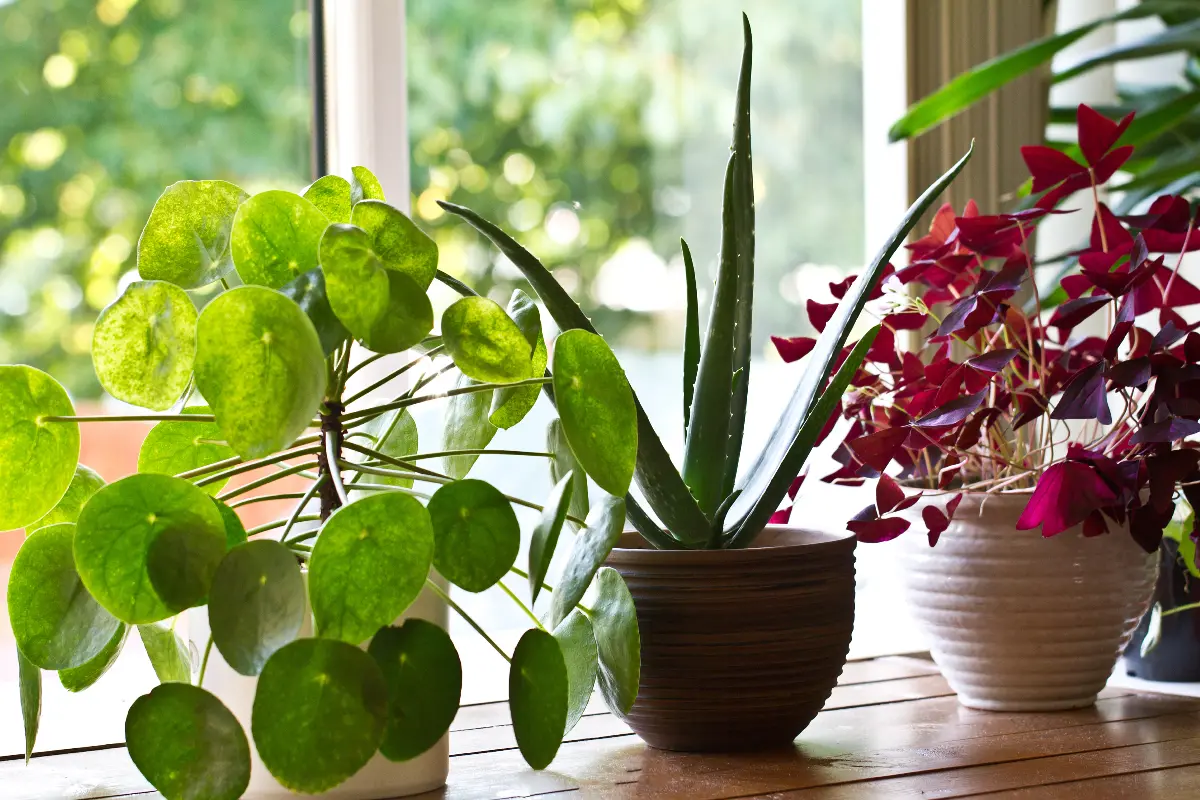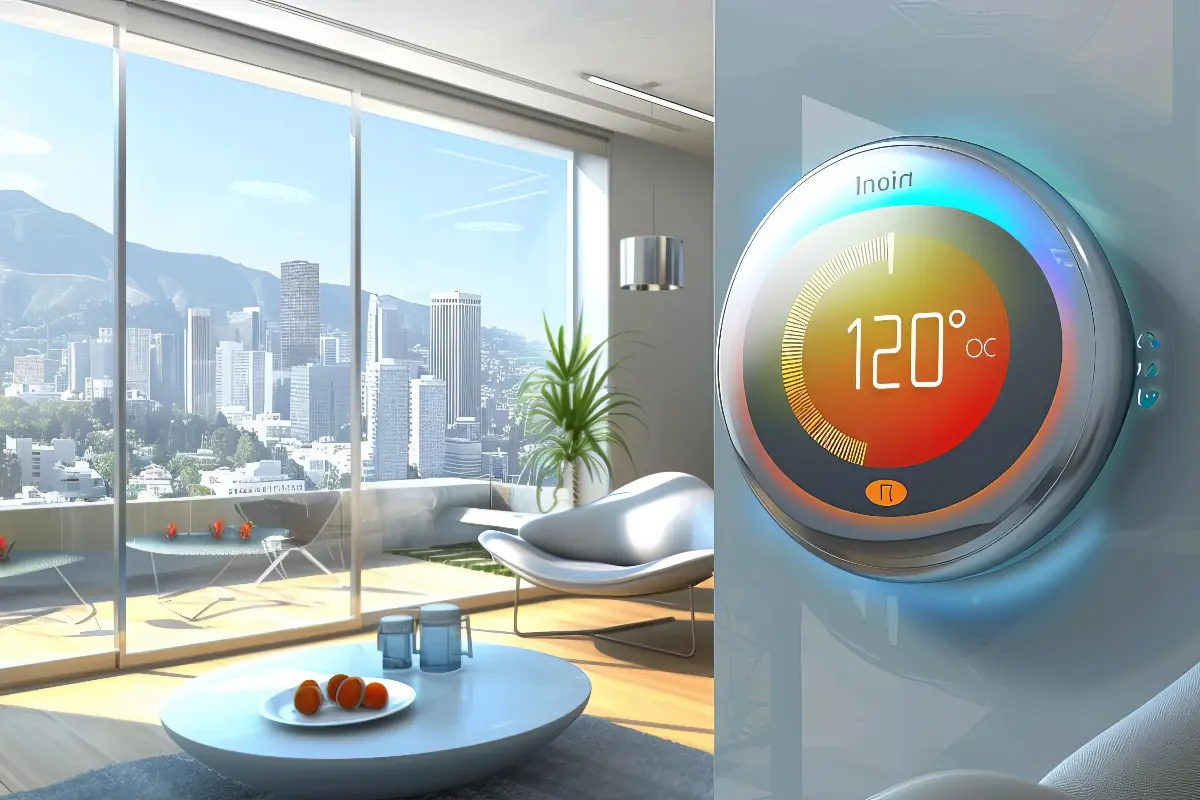Breathing easy might sound like the simplest action on Earth, but what if the air inside our sanctuaries isn't as clean as we think? With the average person spending about 90 percent of their time indoors, understanding and improving indoor air quality has never been more crucial for our health and wellbeing. Poor indoor air can lead to a myriad of health issues ranging from allergies and asthma to headaches and respiratory conditions. The good news is, with a few straightforward strategies, we can greatly enhance the air we breathe within our homes and spaces.

Let's first debunk a common myth: air pollution isn't only an outdoor problem. In fact, the air inside our homes can be up to five times more polluted than the air outside, according to the U.S. Environmental Protection Agency. Think of all the dust, mold, pet dander, chemical substances from cleaners, and even volatile organic compounds emitting from paint and furniture. These are just a few of the everyday items contributing to an indoor cocktail of air pollutants that we inhale continuously.
Starting simple, one of the best ways to improve indoor air quality is to increase ventilation. Opening windows and doors whenever the weather permits allows for the circulation of outdoor air to help clear out stale indoor air and potential pollutants. For a more controlled approach, install trickle vents to purify and cycle the air or consider upgrading your HVAC system with a heat recovery ventilator, which brings fresh air in while retaining pre-conditioned heating or cooling.

Speaking of mold, managing humidity levels plays a key role in curbing its growth and ensuring a healthier air environment. Mold and dust mites thrive in moisture, so it is important to maintain a humidity level around 30 to 50 percent. Dehumidifiers and air conditioners are effective tools for this, especially in naturally humid climates or during damp seasons.
Houseplants not only bring life into your home but also act as natural air purifiers. Various plants like spider plants, snake plants, and peace lilies have been known to absorb toxins and release oxygen, improving overall air quality. However, be mindful of not overwatering them as it could promote mold growth.

Another method is to invest in air purifiers with HEPA filters which can capture particles as small as 0.3 microns – that's incredibly tiny when considering a human hair's diameter is about 50 microns. These purifiers are efficient in reducing allergens like pollen, smoke, and dust mites in the air.
Being mindful of the products you bring into your home can also have a tremendous impact on indoor air quality. Opt for natural and non-toxic cleaning products, and be wary of the volatile organic compounds mentioned earlier, which can off-gas from paints, aerosol sprays, and air fresheners. There are plenty of environmental certifications to look out for on products ensuring low or no emissions, like the Green Seal or EcoLogo.
Vacuuming might be a chore we'd all like to avoid, but regular cleaning with a vacuum equipped with a HEPA filter can suck up myriad toxins and allergens that accumulate in our homes. Ideally, you should vacuum at least once a week, and if you have pets, even more frequently.

Don’t forget your HVAC system's filter, which should be changed regularly – every three months or sooner if you have pets. A high-quality filter can trap more particles, keeping your system clean and circulating fresher air. Advanced filters can even eliminate microorganisms and viruses.
Surprisingly, personal behaviors can markedly affect indoor air quality. Burning candles and wood fires produce soot and carbon monoxide, which, whilst cozy, can be harmful if inhaled over time and should be enjoyed minimally or with proper ventilation.
For tech enthusiasts, smart home gadgets can be incredibly helpful. Smart thermostats can regulate indoor air quality by adjusting the humidity level and air exchange rate. Air quality monitors can also detect levels of allergens, toxicity, and overall air composition, allowing you to take action as needed.

Lastly, carbon monoxide (CO) and smoke detectors not only save lives in the event of an emergency but the better quality versions also monitor the air quality and alert you to unusual levels of CO, which is odorless and colorless but extremely dangerous.
Improving indoor air quality doesn't need to be complicated or costly. It can be as simple as airing out rooms and keeping your living space clean. With these measures, you can create a fresher and healthier environment.
By taking steps towards purer indoor air, we encourage a better living environment translating into improved health, productivity, and overall quality of life. While unseen and often unnoticed, the air we breathe indoors plays a significant role in our daily comfort and well-being; thus, dedicating attention to its quality is a crucial investment in our long-term health.
